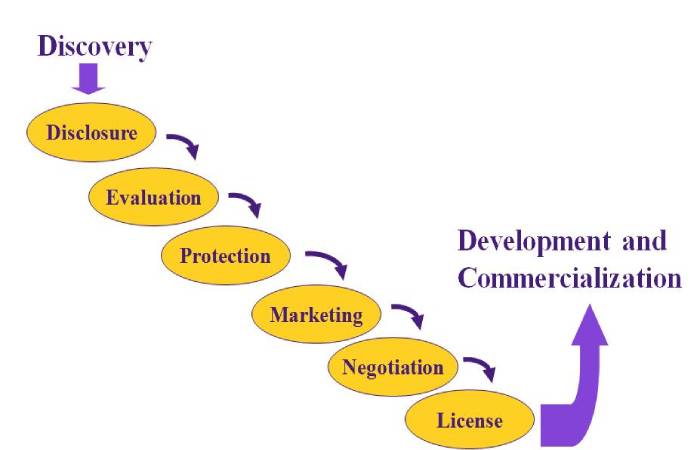What is the Main Function of a Technology Transfer Office With Respect to Collaborative Research?

University technology transfer offices (TTOs), or technology licensing offices (TLOs). What is the Main Function of a Technology Transfer Office With Respect to Collaborative Research
Are responsible for technology transfer and other aspects of the commercialization of research that takes place in a university.
to engage in a variety of commercial activities that are meant to facilitate the process of bringing research developments to market. Often acting as a channel between academia and industry.
Most major research universities have established TTOs in the past decades in an effort to increase the impact of university research and provide opportunities for financial gain. What is the Main Function of a Technology Transfer Office With Respect to Collaborative Research? While TTOs are commonplace, many studies have questioned their financial benefit to the university.
Functions
While the broad goal of TTOs is to commercialize university research. They engage in numerous activities that not only bring these developments to market but also encourage and support faculty and students in the entire technology transfer process. Such encouragement may increase the chances of faculty and students creating research developments that can be commercialized.
What is the Main Function of a Technology Transfer Office With Respect to Collaborative Research? Industry Partnerships
An important task of many TTOs is to create and maintain industry partnerships that may be crucial for collaboration and bringing technologies to market. Some universities such as MIT and Northwestern have separate offices for industry and corporate relations which typically work in conjunction with the TTO of the institution. In this case, TTOs often exploit the relationships developed by the corporate relations office. Focusing more specifically on the technology transfer process itself.
Counselling and Incubation for Startups

TTOs at many universities often provide general business and legal counselling to foster entrepreneurship among faculty and students.
By providing resources, funding, and connections to university spin-off companies, TTOs attempt to increase the chances of startup success. Which may result in a financial gain if the university owns the intellectual property of the invention or has an equity stake in the company.
Hence, many TTOs establish business incubators and programs for faculty and students in an attempt to enhance the entrepreneurial atmosphere among researchers at the university.
Structure and Organization
The structure and organization of TTOs can affect its overall performance and can vary among universities. Since TTOs deal with both academic research and industry, they consist of a diverse set of individuals, including scientists. Lawyers, analysts, licensing experts, and business managers.
By having individuals (particularly different scientists, engineers, and analysts) with varying sets of expertise in research, TTOs attempt to more effectively assess, protect. And profit from the research developments taking place in multiple disciplines throughout the university.
TTOs can be classified into three different types:
- internal: existing as an integrated part of the university and controlled by the university administration
- external: existing as an independent company that does not operate under the control of university administration
- mixed: having components of both internal and external TTOs
As of 2012, the “internal” type was most common in the US.

